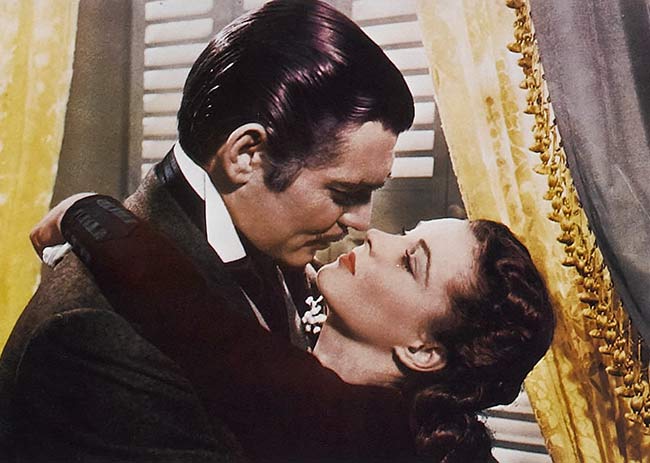The 3 Ways to Show Emotion in Your Characters
This month I’m launching my new online video course: Emotional Mastery for Fiction Writers.
Let me just share a tiny bit of what you’ll learn in the more than six hours of intense instruction.
One of the most important emotional components of a novel or short story is the showing of emotion in a character. It’s not easy to do well. Often writers cram in tons of body sensations and physical tells, hoping to get the emotion across. But that is overkill.
What’s needed is masterful description of “showing emotion” in addition to revealing a character’s thoughts.
Utilizing body language should be minimal, original, and targeted, for best effect.
Keep these points in mind. There are 3 ways to show emotion in characters:
- Telling what the character is feeling. If it’s appropriate for the character and the moment, she might name her feeling (“I’m so angry!”) in narrative, direct thought, or dialogue.
- Showing emotion by body language or sensations. A character may be aware of her body response to an action, or she might notice physical “tells” in herself or others that indicate some emotion.
- Showing what the character is thinking. Thoughts reveal emotion, and they’re usually the best way to convey complex emotions via showing the impetus behind them.
Let’s look at how this might play out in a scene with a character named Joan, when her cat knocks over a vase. Joan hears the crash and reacts in surprise, turns, and sees what happened. She now has a different emotional response from her initial visceral reaction.
You could tell the emotion:
Furious and frantic, Joan rushed to the table and swooped up her dripping computer. She turned to Ralph, who sat on the wet papers licking his paws, totally unconcerned over the destruction he’d just wreaked. “No supper for you, Ralph!”
You could show the emotion via body language and internal physical sensations.
Joan’s mouth dropped open, but no words came out. Her hands fisted and shook as she ran to rescue her laptop from the onslaught of water still pouring out of the overturned vase. Her heart pounded hard, and tears filled her eyes as she thought of all those hours she’d spent on her thesis, and a stab of pain skewered her gut when she realized she hadn’t backed up any of her material to the cloud.
[This is clearly over the top, but I did so to make the point.]
Or you could reveal emotion by your character’s thoughts.
Joan glared at the scene—the drenched laptop, the soaked papers, the cat licking his paws.
This couldn’t be happening. She’d spent six hours, late into the night working on her last chapters. Chapters her advisor made her rewrite for the millionth time.
She grabbed the laptop and shook it, water flinging, and grabbed a dishtowel off the counter. Please, please work, she begged silently as she toweled it off and set it on her lap, plopping on the floor. She pounded the power button, but the light wouldn’t come on.
She had to turn in those chapters before noon. If she didn’t, she wouldn’t get another chance. Her funding had run out. She couldn’t get another loan. Her parents would not bail her out this time. Not after the fiasco last semester, when she’d crashed the car they’d bought her. She promised them no more parties, no more drinking. They’d never believe her cat was to blame for her failing to get her PhD.
Stupid cat! She could wring his neck!
She shut the cover of her computer, opened it up again, pounded the button.
Nothing.
A scream grew in her throat as she hefted the laptop and aimed it at Ralph. He looked at her with those big green eyes and meowed as if to say he was sorry.
She set down the laptop and pulled Ralph into her arms, his throaty purr an innocent apology. Yeah, we’re both sorry.
Of course, you can use a combination of all three—there is nothing wrong with any of these methods. There are times when naming what a character is feeling is perfectly fine and very effective. There are no set rules as to when or how to show and to tell. But, of course, some choices are going to be more effective, more masterful, than others.
But this is the secret to creating believable characters: understanding this action-reaction process so that your characters will behave naturally. If any of this process is missing, a scene will feel off, the characters won’t seem real, and this will thwart your attempt at both showing your characters’ emotions and evoking emotion in your reader.
 I hope this snippet from my new course has sparked your interest in becoming an emotional master!
I hope this snippet from my new course has sparked your interest in becoming an emotional master!
Enroll in my popular course HERE for lifetime access (and there’s a 30-day money-guarantee, so if you don’t like the course, you can get a refund).
Take the plunge and become an emotional master!
Listen to my discussion on showing emotion in characters on the AmWritingFantasy Podcast!










I love the story you gave for the description of three options. Thank you for yet another informative article. You’re the best!
Aw, thanks, Tasha!
Hi,
This is very informative, thanks a lot. Your workshop looks really interesting. May I ask if the videos are english subtitled ? I am not a native english speaker so sometimes I don’t get every sentences by hearing them.
Thanks again and have a very nice day.
Gregory
Hi Gregory, no, there are no subtitles. I try to speak slowly, and there are dozens of passages in English that are displayed, and all the videos are PowerPoint slides and movie clips, so you can pause, go back and listen, write notes. The assigments are downloadable PDFs, so you can read those.
Thank you for all the helpful hints <3
Will this brand new course of yours help me write and tell extremly captivating stories like Neil Strauss? IMHO he’s hands down one of the best story tellers of all time: take the book “The Game” for example, it’s a REAL page-turner.
No course can teach you to write great stories just from the course itself. What I try to do in my courses is share lots of passages (more than 40 in the Emotion Course) and tear them apart to see why and how they work to convey and evoke emotion. The best way for you to learn (which is what this course also teaches) is for you to notice when you are moved by something you read, then study why and how that moved you and copy that technique in your writing. But I lay this all out in a simple, clear fashion in the course. Hope you’ll check it out!
Thanks a lot, Those are very interesting!